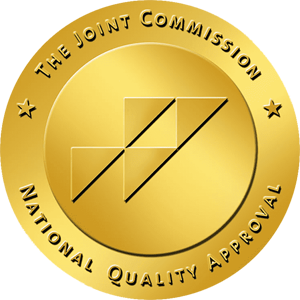When thinking of a drug recovery procedure, remember that drug detox is the initial step that you have to undergo. Only after you succeed drug detox, you can proceed further. Drug detox procedures have also evolved in recent times. When talking about opioid addiction, which again is spreading like an epidemic, detox is quite necessary here as well. Ultra Rapid Detoxification method is one of the modern methods of detox followed in many drug rehab centers. This procedure is specially designed for those addicted to opioids. By following this procedure, one can easily and quickly get off his/her opioid addiction physically. In this article, we shall be discussing ultra rapid detoxification in detail.
What is Ultra Rapid Detoxification?
This is one of the popular methods being used today for detoxifying individuals who are addicted to opiates. The technique used in ultra rapid detoxification process aims to minimize the time span as well as the intensity of the withdrawal process. General anesthesia coupled with naloxone or naltrexone medication is used in the procedure to put the patient in a temporary coma. A specialized team of physicians and other medical staff who specialize in ultra rapid detoxification performs this procedure that lasts for about 6 to 10 hours.
This technique is basically a 3 step procedure. First, the patients are selected based on their medical and psychiatrist condition. It is then followed by the detoxification process and then a psychosocial follow-up along with any medical help required.
6 Phases of Ultra Rapid Detoxification Process
Phase 1: in this, the entire body of the patient is put to sleep with the help of general anesthesia.
Phase 2: the vital organs are carefully monitored by using the most advanced intensive care and anesthesia equipment. Hence, the safety of the organs is guaranteed.
Phase 3: in this phase, the withdrawal syndrome is prevented. This includes protection from pain and sleep disorders.
Phase 4: by making use of special antagonist drugs, the body cells are cleaned of any residue of opioids in this phase.
Phase 5: in this phase, the patient is observed for 24-hours.
Phase 6: he/she is then awakened slowly to find that the physical addiction and opiate withdrawal symptoms are gone.
On getting up, the patients might feel general weakness and dizziness. But, after some time he/she will feel more relaxed and notice the recovery of his physical and psychological symptoms.
However, ultra rapid detoxification is just the initial phase of the recovery process. Naltrexone implantation and extensive psycho-social counseling, along with different therapies must also be followed to avoid the chances of relapse.






